The Winemaker's Wine: Chardonnay
This new column starts off with a look at the most popular white wine in the world - Chardonnay. Find locally available recommendations for "Steals, Deals and Splurges!"
- by Anna Speer
Greetings, fellow wine enthusiasts! Welcome to the first "Grape Minds" column, the wine column written by a wine lover for wine lovers. Every month, "Grape Minds" will explore a different wine style or region. My goal is simple: empower you (and sometimes myself) to confidently try new wines.
Before we get started, a crash course in wine tasting (keep this information handy for future samplings): When trying a new wine, pour it into a glass (or coffee mug, red solo cup, whatever the situation calls for) and allow it to sit. Swirl and observe the color. How’s the clarity? Next, smell it. Don’t be shy — lift the glass to your nose and really get in there. What aromas jump out at you? Take a small sip and let it rest on your tongue, then inhale slowly over the wine. If you get a gurgly sound going on, you’re on the right track. Just don’t choke. This aerates the wine and helps bring out additional flavors. Make a note of the mouthfeel of the wine, as well as what you taste and smell. Swallow the wine and take note of how long the taste lingers and how the flavors change; this is called the finish. Now, let’s imagine we’re at a dinner party. At the bar, there will be a red wine and a white. Nine times out of ten, that white will be a Chardonnay. In fact, Chardonnay is the most popular white wine in the U.S. and the most widely planted white grape in the world. 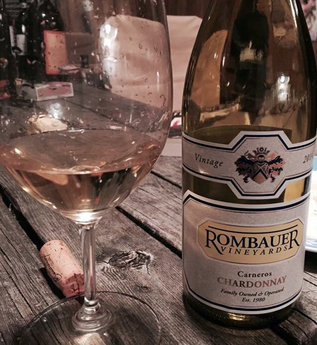 This month's "Splurge" wine, Rombauer. This month's "Splurge" wine, Rombauer.
Originating in Burgundy, France, Chardonnay is truly the winemaker’s wine. It takes on the characteristics given to it by its region (soil quality, climate, length of growing season) in addition to the winemaker’s processing techniques. The grape itself is inherently neutral; it doesn’t necessarily have any one distinct characteristic. That being said, most Chardonnay wines share relatively common notes of green apple and stone fruit, but flavors can range from crisp lemon to earthy spice to rich cream. Lucky us: This means we have a world of Chardonnay from which to choose.
Let’s go back to that bottle of Chardonnay at the dinner party. Chances are good that it’s a varietal from the central coast of California, as are most Chardonnays consumed in the U.S. While this famous wine state produces a variety of nuanced Chardonnays, many share a common tasting profile of pear, tropical fruit, mild spice, and a long, buttery finish. These last two characteristics are the product of exposure to oak and a secondary fermentation process called malolactic fermentation (MLF). Allow me to get technical for a moment. The presence of oak during the winemaking process lends darker color, a rounder palate quality and toasty spice notes (most notably vanilla) to the wine. MLF lowers the acidity of the wine, creating a softer mouthfeel and a buttery aroma that has captivated many wine drinkers for years. However, not everyone loves sipping on a rich, creamy wine.
In response to this difference in tastes, many wineries have turned to a different sort of Chardonnay. On the cutting edge of this new wine fashion are cool-climate-grown Chardonnays. This relatively new style of wine bursts with bright citrus and crisp acidity. Limited exposure to oak brings a slight yet familiar creaminess, while the absence of MLF allows the wine to be delightfully fruit forward. To find these styles, look to New Zealand and Australia. There are some gems to be found in both regions.
This column would be horribly remiss if it neglected to discuss the wines coming from Chardonnay’s region of origin: Burgundy. This area creates beautiful wines, some of which are considered to be the gold standard of Chardonnay. On the more approachable end of the Burgundy spectrum, these wines are primarily unoaked and feature textures ranging from earthy minerality to zippy citrus. As the price point rises, Burgundy Chardonnay becomes richer and more powerful. These upper-tier wines tend to be fully oaked and feature rounder flavor profiles such as ripe melon and luscious pineapple. It’s an exciting time to be drinking Chardonnay. With the advent of new and wide-ranging winemaking styles in addition to time-honored practices, there is truly a Chardonnay for each of us. Go forth, taste bravely and savor slowly. Steals, Deals and Splurges
"Steals" are usually under $10, "Deals" in the $15 range, and "Splurges" are in $20 - $40 range. These wines are available in the Bay-Waveland area.
Comments are closed.
|
Categories
All
Archives
July 2024
|
Shoofly Magazine Partners
Our Shoofly Partners are local businesses and organizations who share our mission to enrich community life in Bay St. Louis, Waveland, Diamondhead and Pass Christian. These are limited in number to maximize visibility. Email us now to become a Shoofly Partner!

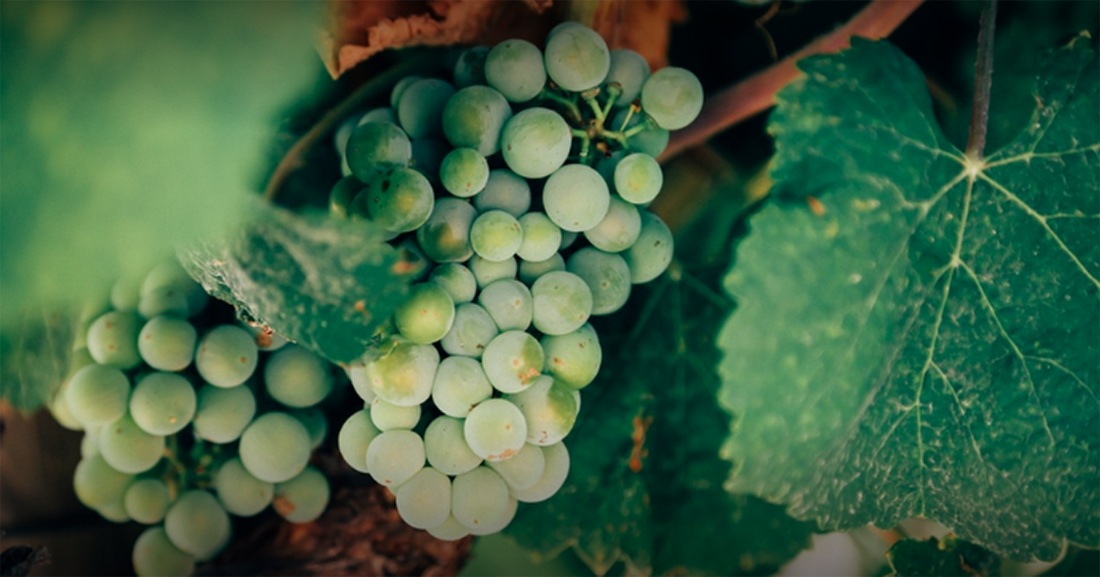
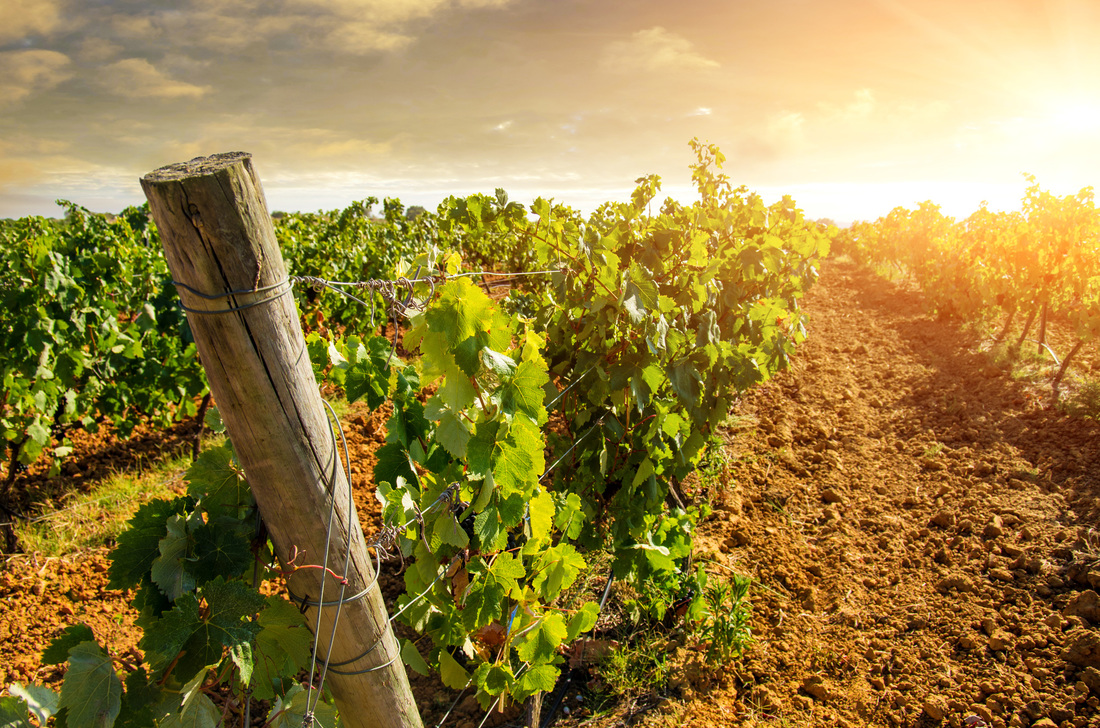
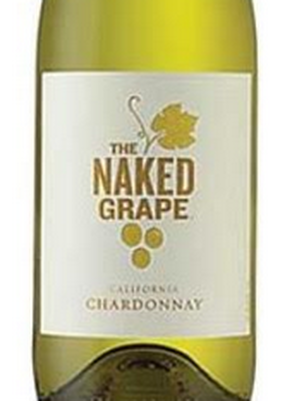
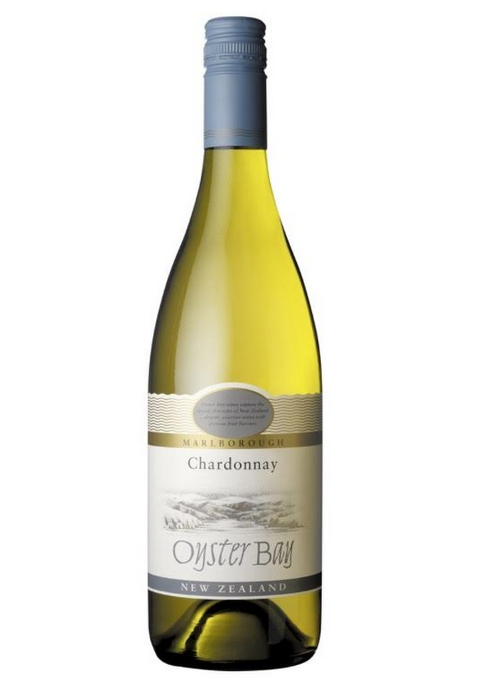

























 RSS Feed
RSS Feed























